-
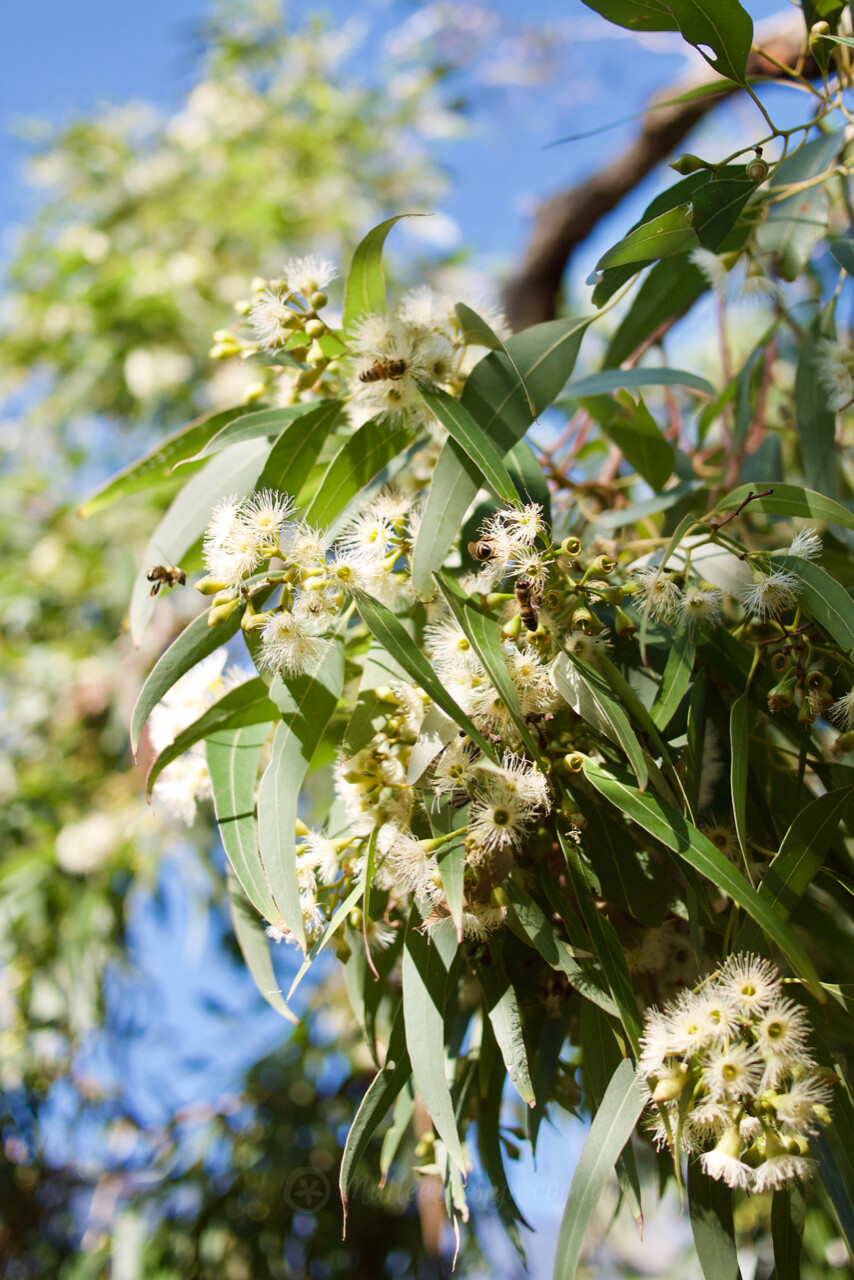
Bee Friendly Gardening
Bees play an important role in our ecosystem and we rely heavily on them to pollinate our food crops and our native bushland, not to mention supply us with delicious honey. There are over 1,500 native bee species in Australia with a whole host of interesting shapes and forms. Bees feed on nectar nestled within…
-
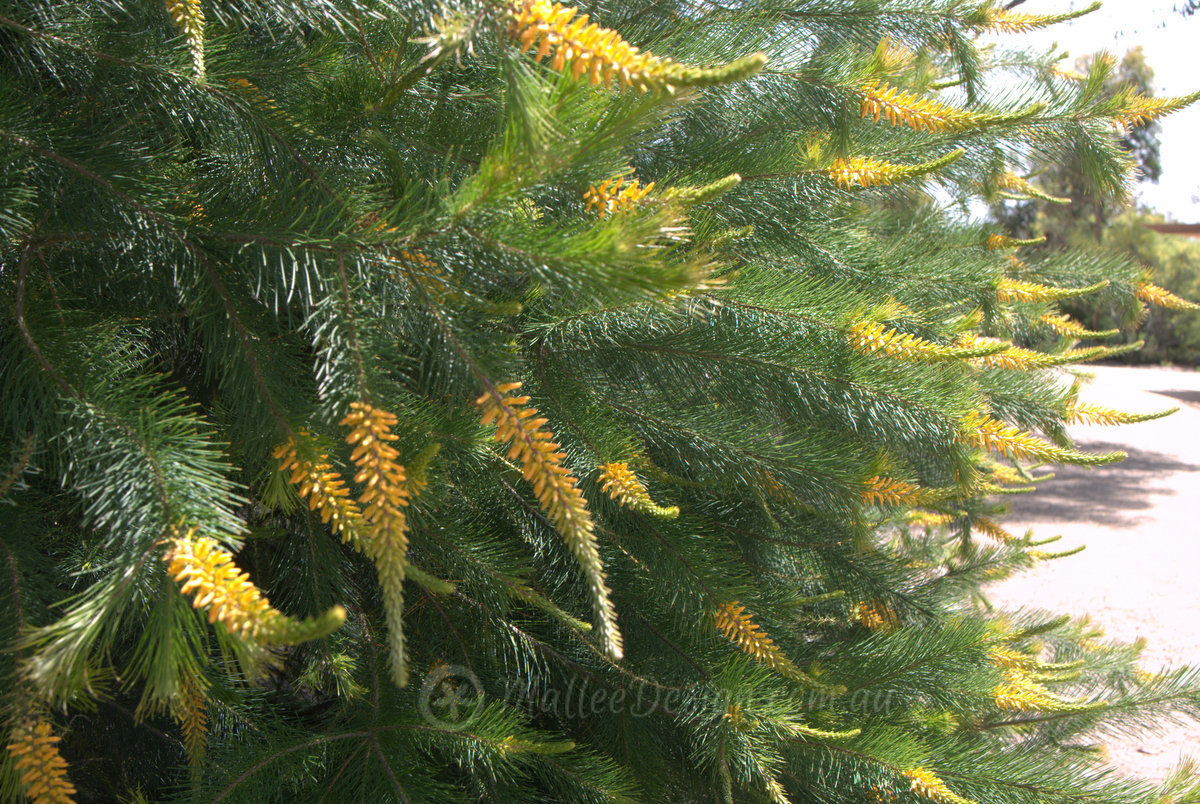
The Greatest Geebung: Persoonia pinifolia
Geebungs are a wonderful Genus of native plant, they below in the Proteaceae family like Banksias and possess a variety of flowers, leaves and habits. In fact I have already written about Persoonia pinifolia a couple of years ago, see here. However since then I have seen them growing outside of their native locality of Sydney…
-
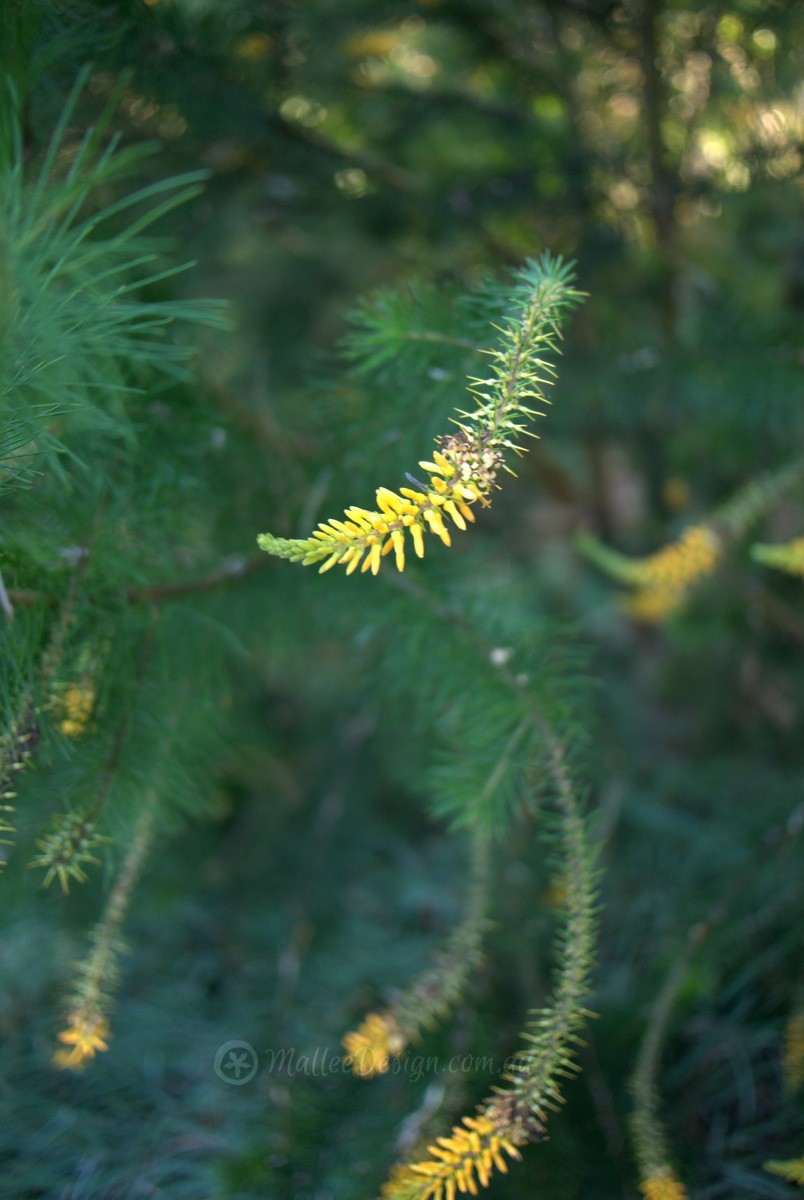
My favourite geebung: Persoonia pinifolia
The geebungs are a wonderful family, have you met them yet? it is hard to pick one to be my favourite, Persoonia levis comes in at a close second for its amazing peeling bark with bright red layers, but pinifolia has that weeping habit and I am always a sucker for something that looks soft…
-

Keith’s Garden
This is my friend Keith’s native front garden in Bulli, I have wanted to take photos of this garden for a long time and on a recent visit finally remembered my camera. Phew! I had to snap quickly as the sun was setting and the mozzies were out. The garden is located on the escarpment…
-

Portfolio: Hunter’s Hill Garden Design
Thankyou so much Kath for designing our native Garden, we love it……Not sure if you realise how lightly you step on this earth, lovely to observe. This garden in Hunter’s Hill backs onto a strip of bushland that runs right down to the water, it has a towering Harry Seidler stone wall on one side…
-
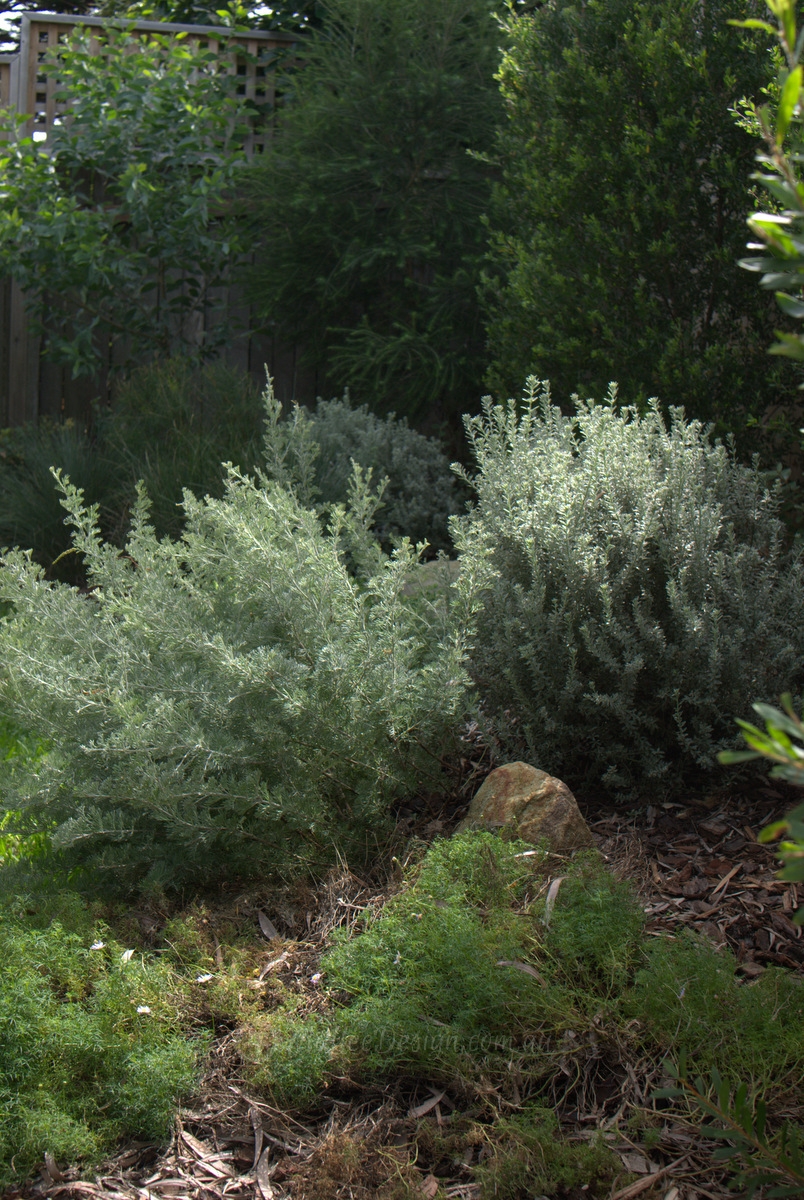
Tapestry Gardens
Van Gogh reputedly introduced the idea of a tapestry garden, relying on the hue, texture, size and shape of foliage creating a tapestry like mosaic. Diane Snape I was doing some research a couple of nights ago and came across this section titled Tapestry Gardens in Diane Snape’s book ‘The Australian Garden‘ and it is…
-
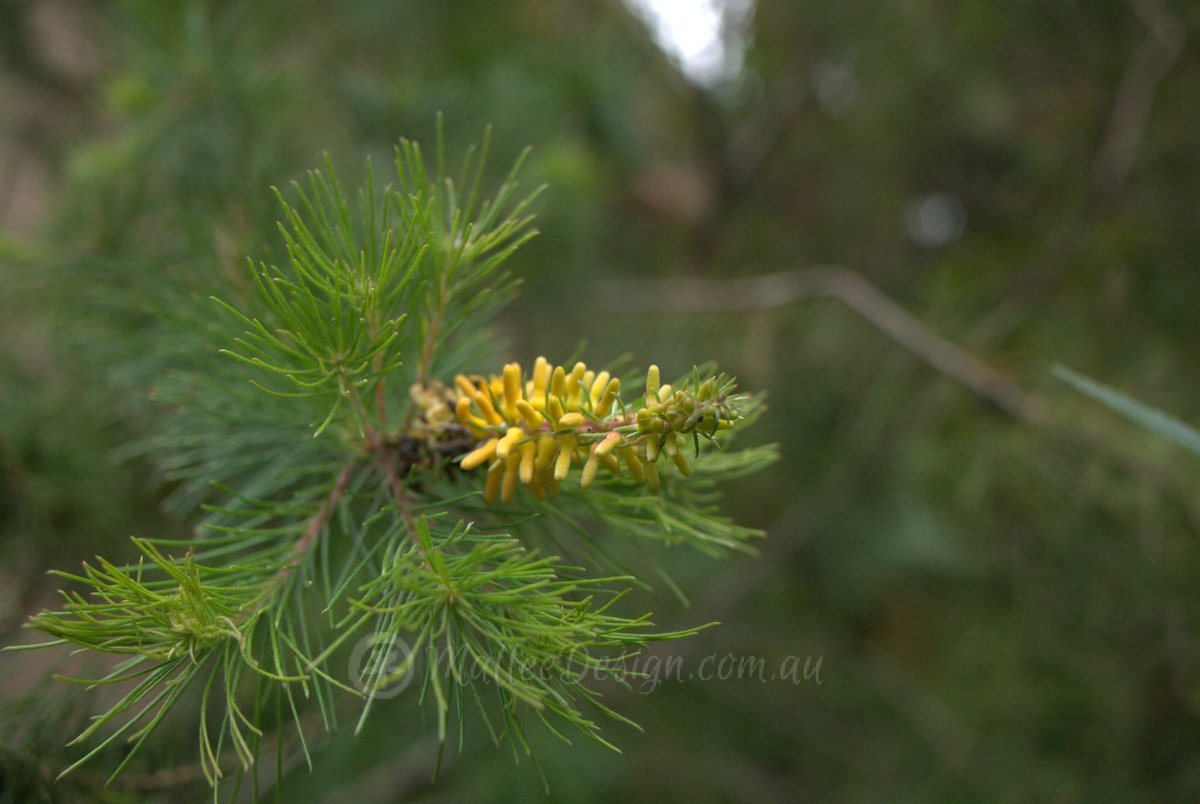
A Persoonia…
Persoonia pinifolia naturally grows in areas of sandstone, in sheltered positions with part sun.
Tag: Persoonia pinifolia

